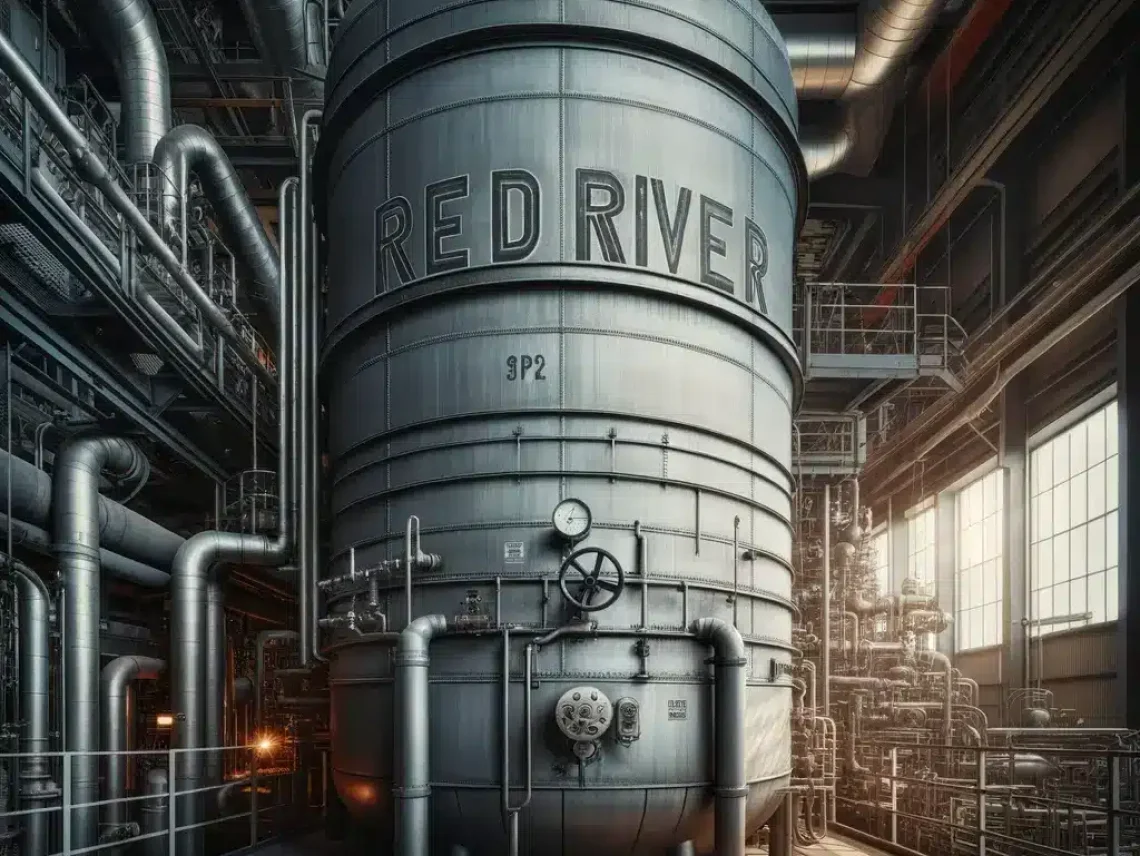Yes, ASME standards account for various types of pressure vessels, each designed for specific applications. The pressure limits for each type depend on factors such as vessel geometry, material properties, and intended use. Always refer to the relevant asme code pressure section for detailed information.

